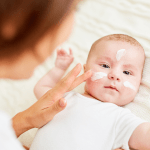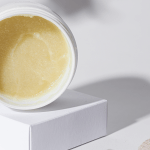Ah, the call of the ocean. Its vast expanse, the rhythmic dance of the waves, the refreshing dip on a hot summer day. As alluring as the ocean might be, beneath its shimmering surface lies a world teeming with elements that can play a role for feminine health. From the salt that gives seawater its characteristic taste to tiny microorganisms that call it home, the ocean holds secrets every woman should be aware of.
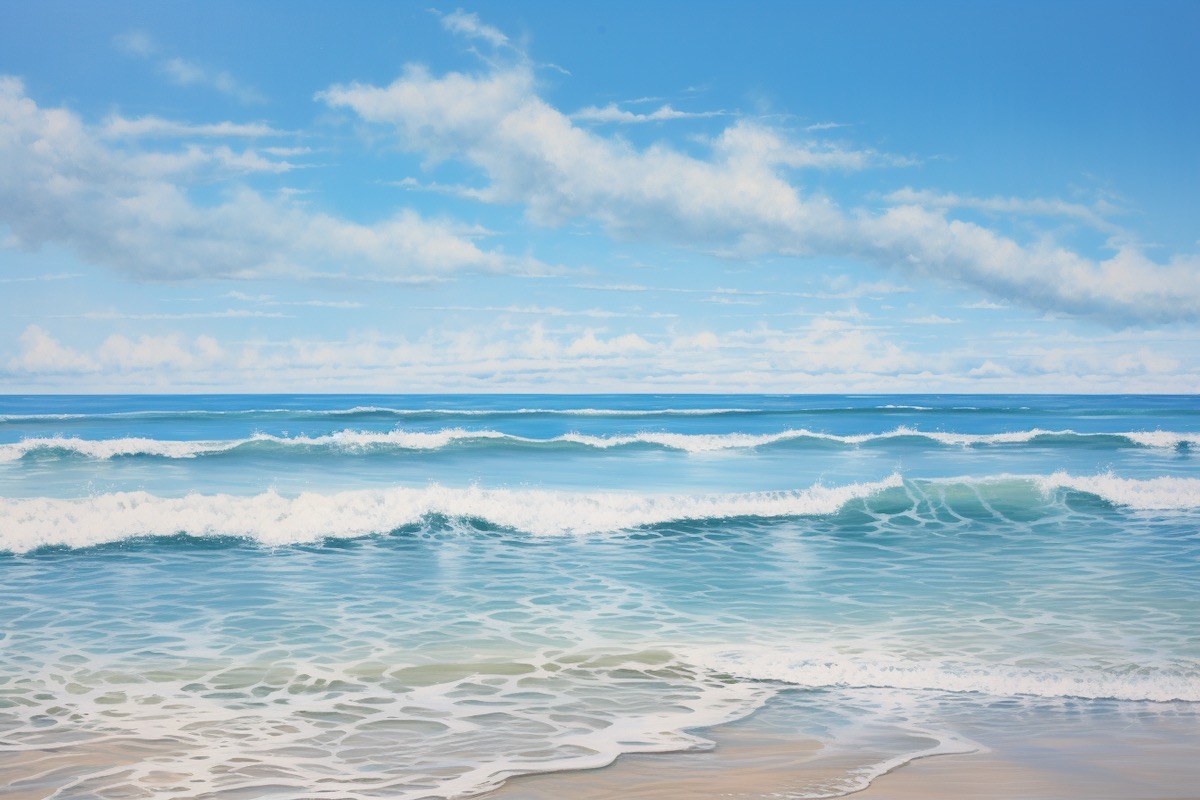
The Ocean calling… but will the ocean water create health issues “down there”
Overview of Seawater Composition
Salinity levels and what it means
Seawater isn’t just plain water; it’s a cocktail of various salts and minerals. Salinity refers to the concentration of dissolved salts in water, with ocean water having a salinity of about 3.5%. This means that for every liter of seawater, there’s 35 grams of salt!
Besides salt, the ocean is a treasure trove of minerals. From magnesium and calcium to potassium, the list is extensive and fascinating.
Microorganisms in Seawater and Feminine Health
The ocean is a bustling city of microorganisms. While many are harmless, others can be potential irritants or even harmful when they come into contact with our skin or mucous membranes.
Think of it as Mother Nature’s immense petri dish, with billions of microscopic entities engaging in a perpetual dance of survival.
- Beneficial Microbes: The majority of these microorganisms are benign and play crucial roles in the ocean’s ecosystem. Phytoplankton, for instance, are tiny photosynthetic bacteria responsible for producing about half of the world’s oxygen. These microorganisms are vital to the food chain, providing sustenance for a variety of marine life.
- Potential Irritants: On the flip side, there are microorganisms like certain species of Vibrio bacteria, which, although naturally occurring in warm coastal regions, can lead to skin infections if they come into contact with an open wound.
- Harmful Microbes: Some microorganisms can be harmful when ingested. For instance, consuming raw seafood contaminated with harmful bacteria or toxins produced by harmful algal blooms (often referred to as “red tides”) can lead to seafood poisoning.
- Interactions with Feminine Health: The vagina has a delicate balance of its own microorganisms. Introducing foreign entities, even those from seawater, can sometimes disrupt this balance. Especially if the water contains pollutants or pathogens, there’s an increased risk of infections or irritations.
- Environmental Factors: The presence and concentration of these microorganisms can vary based on several factors. Polluted runoff after heavy rains, for example, can introduce a slew of unwanted contaminants and microorganisms into the ocean. Swimming during or after such events might increase the risk of exposure to these harmful microbes.
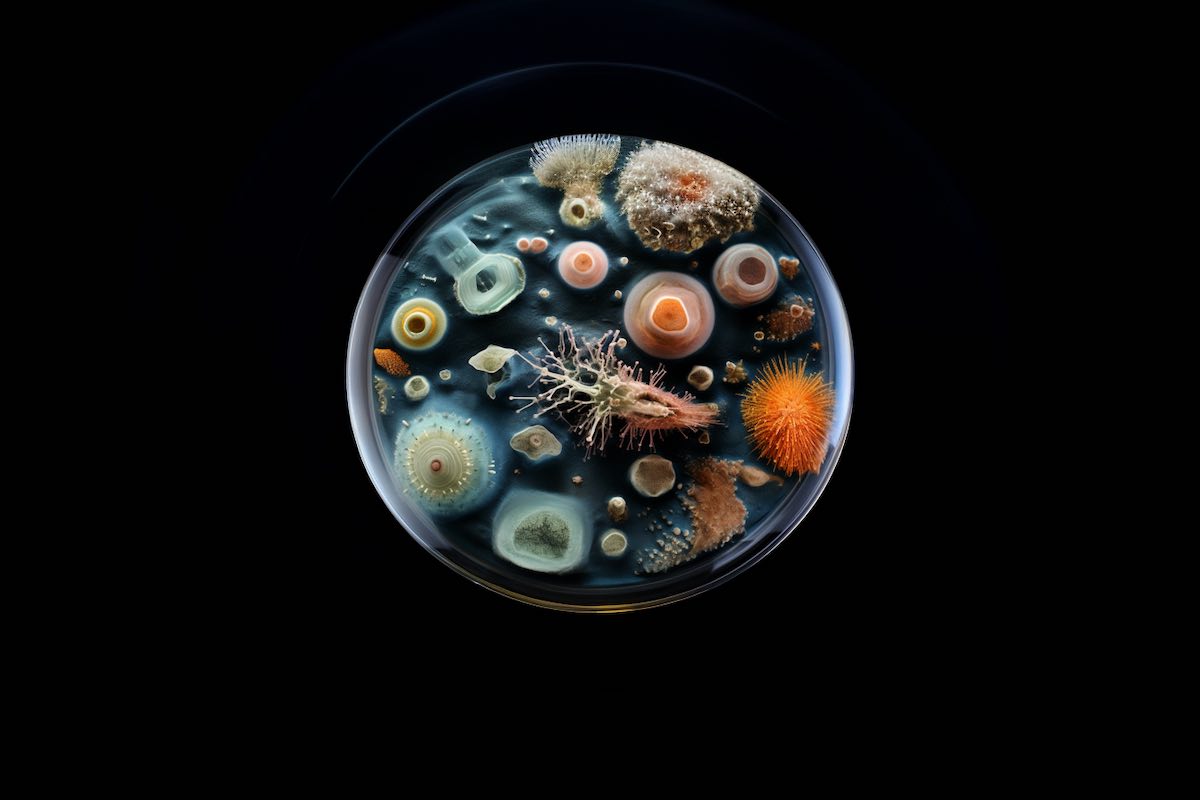
Effects of Saltwater on Feminine Health
Drying effects of salt on the skin and mucous membranes
Salt, while essential for life, can be drying when left on the skin. The osmotic effect can pull moisture from the skin and intimate areas, leading to dryness and discomfort.
Potential infections from harmful marine microorganisms
Just as you wouldn’t drink seawater due to potential pathogens, prolonged contact can sometimes introduce these organisms to areas they don’t belong.
Imbalance caused by prolonged exposure
Much like a sudden diet change can upset your stomach, the introduction of salt and oceanic microorganisms can disrupt the vaginal area’s natural balance.
Seawater and External Irritation
Sand and small debris: risks and irritations
The gritty feel of sand between your toes can be fun, but when sand finds its way into your swimsuit, it can cause irritation. Those tiny grains can be abrasive, especially for sensitive areas.
The link between saltwater and UTIs
Although research is still ongoing, there’s some evidence suggesting that prolonged exposure to saltwater can increase the risk of UTIs. The combination of moisture, potential pathogens, and any disruptions to the pH balance can be a recipe for discomfort.
Chafing and its complications
Combine salt, sand, and wet swimwear, and you’ve got the perfect environment for chafing. Areas that rub together, like the thighs, can become irritated, leading to more significant issues if not addressed promptly.

Tips for Ocean Swimming and “Feminine Health”
1. Rinsing off after ocean dips
Consider this step non-negotiable. A quick rinse not only washes off the salt but also any microorganisms or sand that might cling to your skin.
2. Hydrating and moisturizing post-swim
Replenish the moisture lost during your swim. Drinking water rehydrates from the inside, while a good moisturizer, like *Mae by Damiva*, can help you restore internal hydration, while Cleo by Damiva is for external hydration.
3. Ensuring sanitary conditions when at the beach
If you’re planning to spend the day at the beach, ensure you have access to clean facilities. This can be a lifesaver when you need to change or clean up.
4. Pre and post moisturizing your vagina with specialized products
Labial and vaginal moisturizers, especially those that are water-free, chemical-free, and 100% natural like those from *Damiva*, are essential. Their pH-optimized formulations ensure that you’re giving your intimate areas the best care possible. They also help you avoid vaginal health issues from swimming in a pool.
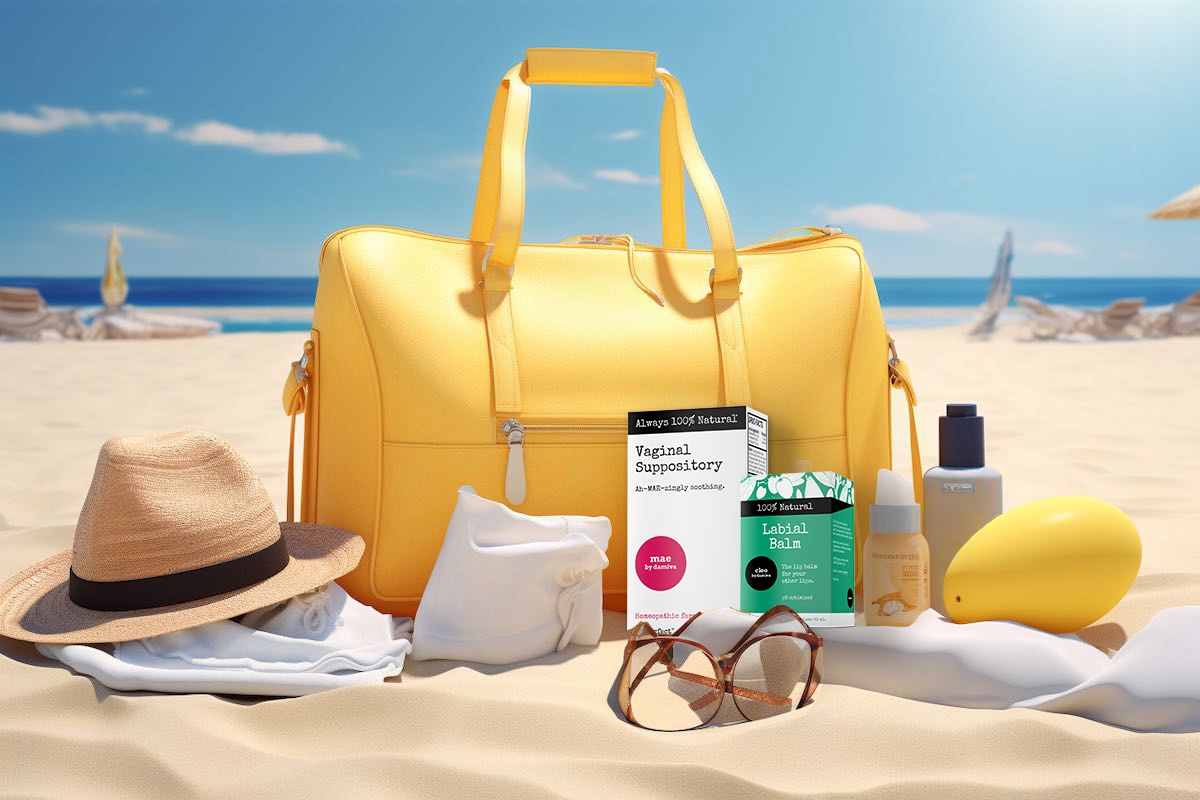
Conclusion
The ocean, with its vastness and mystery, will always be a source of allure. And while it offers numerous joys, being aware of its effects on our intimate health allows us to enjoy it responsibly. With the right knowledge, some humor, and stellar products like those from *Damiva*, every beach day can be both fun and health-conscious.
